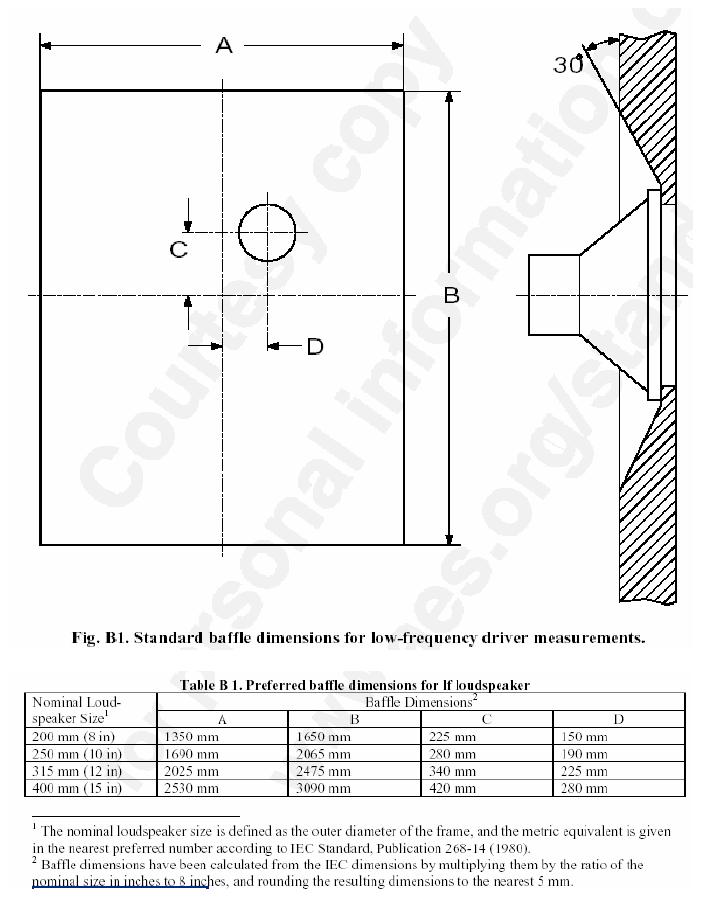Yeah I know, but I really want to do it anyway.
Dean Markley K-20B bass practice amp. Works perfectly fine, but sounds thin in the bass and.low-midrange with electric guitar. I've already changed the stock 8" speaker to a Celestion Eight 15. I want to retune the preamp and use it for very small shows where low volumes are paramount.
I have no desire for it to distort. I'd like to retune the preamp to perform similar to a blackface Fender. Nothing more.
In looking at the schematic, the input resistor is 10K (R1) and in series is C1 0.047 capacitor. Also, there is a treble boost circuit that might be usable if retuned to perform like a Fender Bright switch.
Schematics attached.
Dean Markley K-20B bass practice amp. Works perfectly fine, but sounds thin in the bass and.low-midrange with electric guitar. I've already changed the stock 8" speaker to a Celestion Eight 15. I want to retune the preamp and use it for very small shows where low volumes are paramount.
I have no desire for it to distort. I'd like to retune the preamp to perform similar to a blackface Fender. Nothing more.
In looking at the schematic, the input resistor is 10K (R1) and in series is C1 0.047 capacitor. Also, there is a treble boost circuit that might be usable if retuned to perform like a Fender Bright switch.
Schematics attached.


Comment